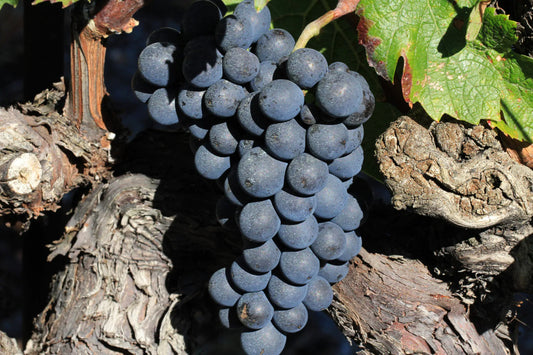Beaujolais: to discover without delay


Moulin-à-Vent and Brouilly were Sunday wines while Beaujolais was the wine of the patron of bistros and restaurants in the Lyon region. With the improvement of means of transport to Paris, the major producers engaged in a frantic race to be the first to deliver their wines to the capital.
In 1951 the Beaujolais winegrowers obtained a derogation which authorized the main merchants to market their wine from December 15. In 1967 the marketing was brought forward to November 15 and in 1985 to the 3rd Thursday of November. The volume of primeur wines increased regularly until it represented more than 50% of production in 2002. Today, “Beaujolais Nouveau” is practically no longer in demand in Switzerland but it is still celebrated with frenzy in Asia.
With the 2003 vintage, we began to change the paradigm. From then on, winegrowers vinified more complex and structured wines which they presented with pride on the market. Step by step, Beaujolais wines are finding their places on wine lists. At the same time, the return of the taste for fresher and fruitier wines to the detriment of concentrated wines aged in barrels reinforces them in their new orientation.

In the hinterland of Puligny-Montrachet, a prestigious appellation of the Côte de Beaune, there is a village named after an important grape variety: Gamay . Resulting from a natural cross between Pinot Noir and Gouais Blanc, Gamay was the second grape variety of Burgundy until Philippe le Bold, Duke of Burgundy (1363 –1404), banned it from his vineyard by the edict of 1395, thus exiling Gamay south of Mâcon. A chance because it expresses itself excellently on granite soils. He therefore naturally asserted himself in his favorite terrain, Beaujolais. In the vintage areas but also in Beaujolais-Villages or generic Beaujolais, with yields controlled at 550 grams per square meter, Gamay produces easy-drinking, fruity and elegant wines. The watchword is therefore not “never Gamay” but rather “Gamay forever”.
With a number of vines varying between 9,000 and 13,000 per ha, the Beaujolais vineyard has one of the highest Gamay planting density in the world.
A large part is grown in cups with three or four branches attached to a stake. The harvest is done manually on plants that barely reach hip height. Another particularity, the traditional vinification method called “carbonic maceration” requires whole bunches to be placed in vats. Under the weight of the bunches, 10 to 30% of the grapes at the bottom of the vat are crushed, releasing juice which goes into fermentation. Gradually the CO2 released by fermentation saturates the air in the vat and thus, the juice from the top bunches ferments inside the berries. What emerges are the aromas of bananas and ripe pears typical of Beaujolais wines.

The new plantations are now cultivated on wire and some producers vinify according to the Burgundian method, namely that the harvest is destemmed and the wines are partially aged in new barrels or large tuns.
The Beaujolais region offers many quality gastronomic experiences and is within an ideal distance for a weekend outing.